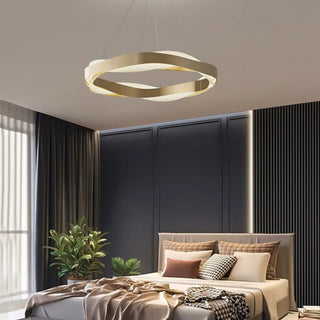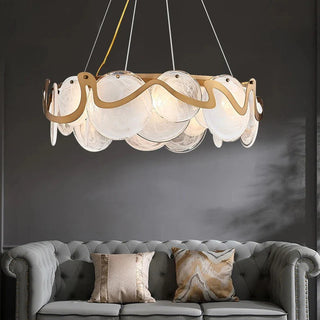In recent years, there has been a growing awareness of the impact that traditional lighting has on the environment. As a result, many homeowners are now seeking sustainable options for their homes that not only reduce their carbon footprint but also save on energy costs. Going green with interior lighting has become an essential consideration when designing or renovating a home, and the good news is that there are now a range of sustainable lighting options available that are both practical and stylish. In this article, we will explore the various sustainable lighting choices available, and provide tips on how to incorporate them into your home.
Understanding Green Lighting
Green lighting refers to lighting that is designed to be more energy-efficient, eco-friendly, and sustainable than traditional lighting. The goal of green lighting is to reduce energy consumption, minimize waste, and decrease the impact of lighting on the environment. There are several types of green lighting, including LED lighting, CFL lighting, halogen lighting, natural lighting, and solar lighting. Each type of green lighting has its own unique features and benefits, and it is essential to understand these differences when selecting lighting for your home. By choosing green lighting options, you can not only reduce your energy bills but also contribute to a more sustainable future.
Sustainable Lighting Options for Your Home
There are several sustainable lighting options available for homeowners who want to go green with their lighting choices. One of the most popular and energy-efficient options is LED lighting, which is known for its long lifespan, low heat output, and low energy consumption. CFL lighting is another popular option, as it uses about 75% less energy than traditional incandescent bulbs and lasts up to 10 times longer. Halogen lighting is also an energy-efficient option, as it uses about 30% less energy than traditional bulbs. Natural lighting, such as sunlight, is an eco-friendly and cost-effective option, which can be maximized by using reflective surfaces and light-colored walls. Solar lighting is another sustainable option that uses solar panels to store energy from the sun during the day and provide light at night. Other options include using dimmer switches and motion sensors, which can help reduce energy consumption by automatically adjusting the lighting according to the level of natural light or occupancy in a room.
Factors to Consider When Choosing Sustainable Lighting
When choosing sustainable lighting options for your home, there are several factors to consider. First, it is important to consider the brightness and color temperature of the lighting, as this can affect the mood and ambiance of a room. Compatibility with existing fixtures and systems is also an important factor, as some sustainable lighting options may require additional equipment or installation. The cost and energy savings of the lighting option should also be considered, as some options may have a higher upfront cost but provide long-term savings. Durability and longevity are also important factors to consider, as sustainable lighting options should be built to last. Finally, it is essential to consider the environmental impact of the lighting option, including its energy consumption and waste output. By taking these factors into account, homeowners can make an informed decision about which sustainable lighting options will work best for their home.
Tips for Incorporating Sustainable Lighting in Your Home
Incorporating sustainable lighting in your home can be a simple and effective way to reduce your carbon footprint and energy costs. One way to do this is to switch to energy-efficient bulbs, such as LED or CFL bulbs, which use less energy and last longer than traditional incandescent bulbs. Maximizing natural lighting is another way to go green with your lighting choices. This can be done by using light-colored walls, reflective surfaces, and strategically placed windows or skylights. Using lighting controls and timers, such as dimmer switches and motion sensors, can also help reduce energy consumption by automatically adjusting the lighting based on the level of natural light or occupancy in a room. Choosing sustainable lighting fixtures, such as those made from recycled materials, is another way to go green with your lighting choices. Finally, creating a lighting plan that takes into account the specific lighting needs and preferences of each room can help ensure that you are using the most energy-efficient and eco-friendly lighting options possible.
Incorporating sustainable lighting options into your home is not only beneficial for the environment but also for your wallet. With a wide range of options available, from LED and CFL bulbs to natural and solar lighting, homeowners can choose lighting solutions that meet their needs and reduce their energy bills. By considering factors such as brightness, compatibility, cost, durability, and environmental impact, homeowners can make informed decisions when selecting sustainable lighting options for their home. Furthermore, incorporating simple tips such as maximizing natural lighting and using lighting controls can help further reduce energy consumption. Making the switch to sustainable lighting options is a small yet impactful step towards a more eco-friendly and sustainable future.







